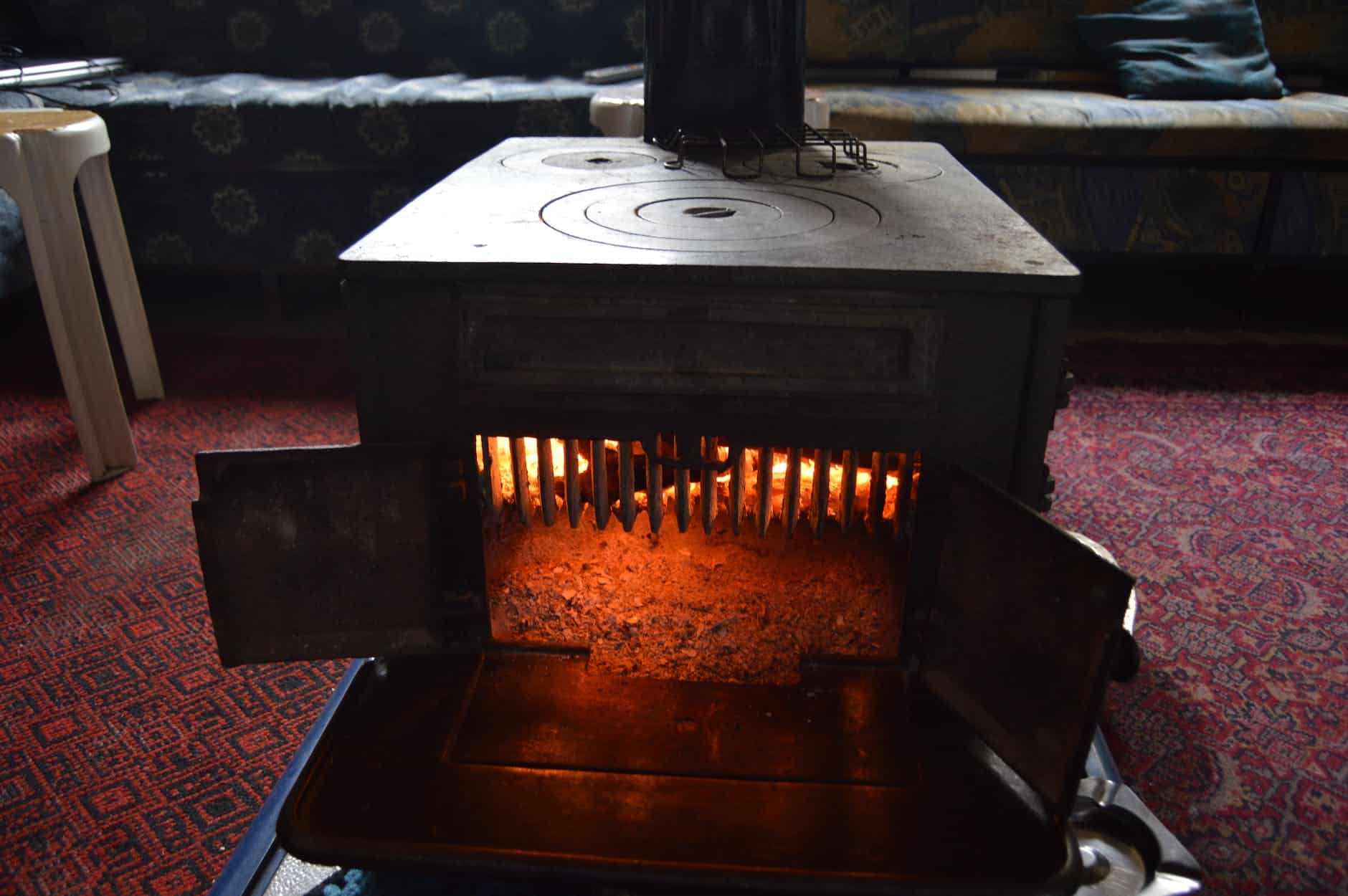Statistics published this week by the Federal Statistical Office (FSO), show that 70.1% of homes in Switzerland are heated by burning either mazout (heating oil), gas or wood. Photo by tony samia on Pexels.comAcross Switzerland 40.7% of homes are heated with mazout or heating oil. A further 17.6% are heated by burning gas and 11.8% by burning wood. These high greenhouse gas producing sources of heat account for 70.1% of the total. Add to this additional undisclosed emissions included in heat from communal district heating (sometimes wood fired, imported winter electricity sometimes generated from coal and high-emission heating potentially creeps up to three quarters of the total or beyond. But not all cantons are equal. Big consumers of mazout are Jura (51.7%), Bern (46.0%),
Topics:
Investec considers the following as important: Business & Economy, Editor's Choice, environment
This could be interesting, too:
Investec writes The global brands artificially inflating their prices on Swiss versions of their websites
Investec writes Swiss car insurance premiums going up in 2025
Investec writes The Swiss houses that must be demolished
Investec writes Swiss rent cuts possible following fall in reference rate
Statistics published this week by the Federal Statistical Office (FSO), show that 70.1% of homes in Switzerland are heated by burning either mazout (heating oil), gas or wood.

Across Switzerland 40.7% of homes are heated with mazout or heating oil. A further 17.6% are heated by burning gas and 11.8% by burning wood. These high greenhouse gas producing sources of heat account for 70.1% of the total. Add to this additional undisclosed emissions included in heat from communal district heating (sometimes wood fired, imported winter electricity sometimes generated from coal and high-emission heating potentially creeps up to three quarters of the total or beyond.
But not all cantons are equal. Big consumers of mazout are Jura (51.7%), Bern (46.0%), Neuchâtel (45.9%), Zug (45.7%) and Aargau (45.5%). The canton heating the lowest percentage of its buildings with mazout is Basel-City (11.1%).
On gas, big burning cantons include Basel-City (44.3%), Geneva (40.9%) and Basel-Landschaft (32.4%). And on wood, Appenzell Innerrhoden (31.2%), Glarus (27.9%) and Uri (26.8%) lead.
Cantons leading on low-emission heating include Fribourg, Basel-City and Valais. In Fribourg only 54.4% of buildings are heated using mazout (39.8%), gas (6.4%) or wood (8.2%). In Basel-City 56.5% of buildings are heated using mazout (11.1%), gas (43.4%) or wood (1.1%). And in Valais only 57.2% of buildings are heated using mazout (31.9%), gas (9.9%) or wood (15.4%).
Cantons with the most buildings reliant on combustion as a source of heat include Geneva (84.2%), Neuchâtel (82.3%) and Appenzell Ausserrhoden (80.4%). In Geneva the breakdown is 41.4% mazout, 40.9% gas and 1.9% wood. In Neuchâtel the breakdown is 45.9% mazout, 28.6% gas and 7.8% wood. In Appenzell Ausserrhoden, the fourth biggest burner of wood, the breakdown there is 37.8% mazout, 17.8% gas and 24.8% wood.
Wood is the most polluting fuel. Data generally show that it has highest emissions of any combustible fuel. One set of data show wood having emissions nearly double those of gas, 42% more than those from mazout (heating oil) and 16% more than hard coal. NGOs such as Greenpeace has described burning wood as the latest fake climate solution. Classifying wood, the most polluting fuel source, as renewable has resulted in subsidies that have turbocharged its expansion. In addition, like other combustible fuels, burning wood adds to air pollution.
More on this:
FSO statistics (in French) – Take a 5 minute French test now
For more stories like this on Switzerland follow us on Facebook and Twitter.
